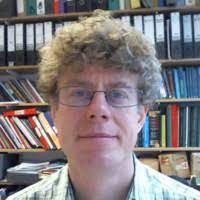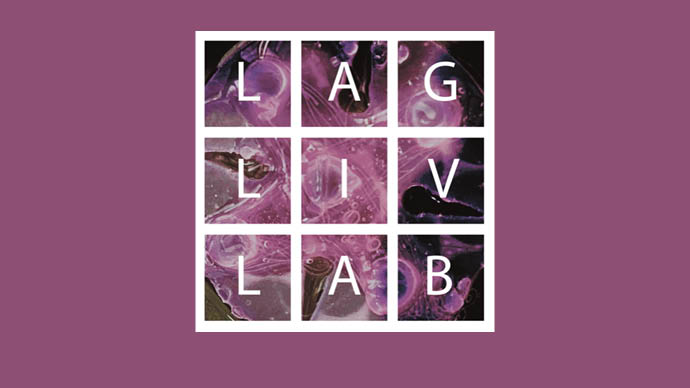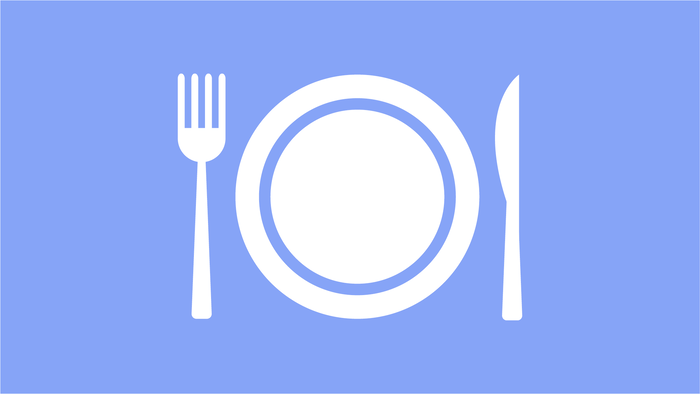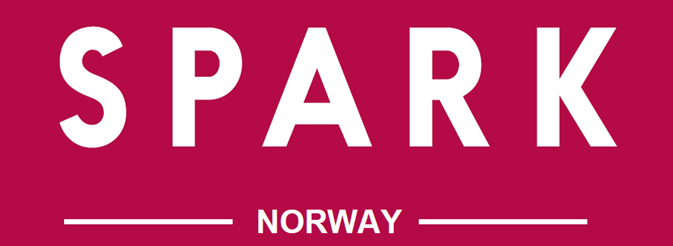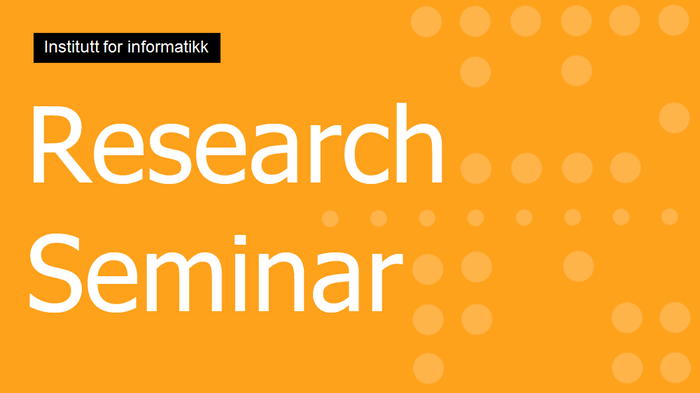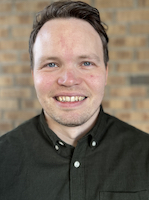Previous events - Page 31
by Adina Püsök
From the University of Oxford
Hosted by Valentina Magni
Title: Particles in pristine environments — air quality, clouds, and human influence
Speaker: Erik Thomson, University of Gothenburg
We would like to invite all students and teachers in the Earth Science community in Norway to the annual GeoLearning Forum 7-8th November at Scandic Ørnen in Bergen.
by Daniele Thallner
From the University of Florida
Hosted by Annique van der Boon
I will explain how a recent “universal wall-crossing” framework of Joyce works in equivariant K-theory, which I view as a multiplicative refinement of equivariant cohomology. Enumerative invariants, possibly of strictly semistable objects living on the walls, are controlled by a certain (multiplicative version of) vertex algebra structure on the K-homology groups of the ambient stack. In very special settings like refined Vafa-Witten theory, one can obtain some explicit formulas. For moduli stacks of quiver representations, this geometric vertex algebra should be dual in some sense to the quantum loop algebras that act on the K-theory of stable loci.
On the occasion of Jørund Gåsemyr retiring earlier this year, we invite you to a half-day seminar celebrating his contributions to statistics over many years.
Title: “Towards a refinement of the 'water-isotope-thermometer' in polar snow”
Speaker: Michael Town, University of Bergen
Welcome to the a new Teaching and Learning Journal Club Meeting 02. November 12.15.
When a body (such as an offshore structure and ship) exists on the surface of the ocean, it is influenced by waves. At the same time, waves are deformed by the body. This interaction is essential for considering the problems of bodies in waves. Although these are complicated systems, the theory is well-established based on linear potential flow, and this explains these phenomena very well.
In the seminar, some applications of potential theory-based analysis are shown, including the seakeeping of a ship, multi-bodies interaction, and elastic plate in waves. In addition, the progress of the study of wave-ice interaction in a marginal ice zone is presented which is a current work in UiO.
Cand.Pharm Anne Elisabeth Muri Sverdrup Efjestad at the Department of Pharmacy, Faculty of Mathematics and Natural Sciences, is defending the thesis "Use of acetylcholinesterase inhibitors: length of treatment, sex differences and comedication with focus on psychotropics, analgesics and heart rate related drugs" for the degree of Doctor Philosophiae.
Is it difficult to set aside time to write? The Academic Writing Centre arranges joint, structured “Shut Up & Write” sessions.
by Robert Newton
From the University of Leeds
Hosted by Manfredo Capriolo
- Interdisciplinary research for bachelor students
Nigar Abbasova, Domantas Sakalys, Elizabeth Surgucheva & Dag Kristian Dysthe, Dept. of Physics, UiO
Learn about how we can increase reuse of non-digital data such as plants, fossils or organ tissues.
Title: Destination Earth - A digital twin of our planet
Speaker: Irina Sandu, ECMWF (online)
We invite you to the October RoCS Solar/Stellar Lunch. You are invited to discuss your work with colleagues.
SPARK Norway Educational Forum are monthly open meetings organized by UiO:Life Science and SPARK Norway partners.
Join us for this semester's first department seminar on 25. October, where we will have the pleasure of hearing our colleague Michael Welzl (DIS/ND), sharing his work on a new Standard API for the Internet that paves the way for new opportunities for research and innovation.
Knut Oddvar Høie Vadla will defend his thesis "Search for production of charginos and neutralinos in dilepton final states with the ATLAS detector at the LHC" for the degree of Philosophiae Doctor at the University of Oslo, Faculty of Mathematics and Natural Sciences.
The survival of green plants depends on the efficient use of photosynthesis in the leaves, where sunlight, water, and CO2 are transformed into sugar – the raw material, which builds up even the largest trees. The dissolved sugars are transported by osmosis through the sieve tubes of the phloem, a vascular system, which runs through the veins of the leaves and on through the stem, all the way down into the roots. The sugar production sites (mesophyll) are distributed over the entire leaf, and it is important for the functionality of the leaf that they are all able to export their sugars. For conifer needles the linear venation architecture makes this challenging, and they have an extra “transfusion tissue” that bridges between production and transport. We are currently studying this complex collection of interdigitated water -and sugar-carrying cells by micro X-ray tomography on intact needles and by network modelling, to understand the pathways for water and for sugars (running in opposite directions) with huge pressure differences (say 3 MPa) across tiny length scales (say 5 microns).
Thomas Bohr is Professor of Physics at the Physics Department of the Technical University of Denmark.
Welcome to our GEOHYD Lunch Seminar Friday 21th of October @ 12:15 in Aud. 2, Geology building or via videolink using Zoom. The seminar is helt by Erik Schytt Mannerfelt, Dept of Geosciences.
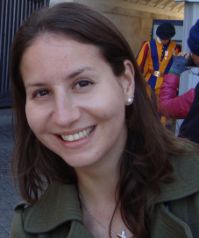

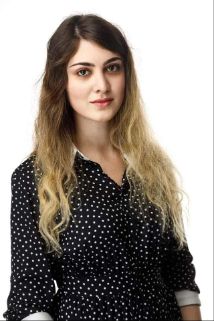

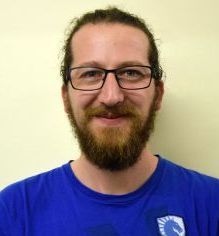
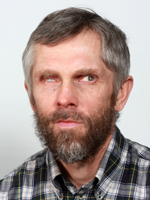
.jpg?alt=listing)




